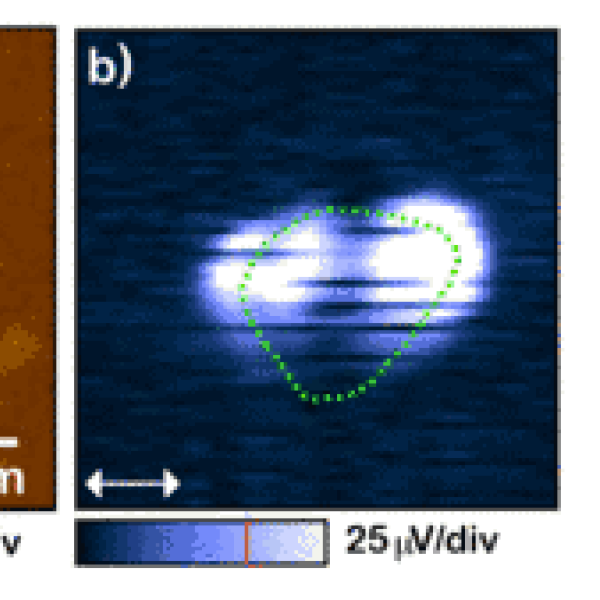Chemical Physics
Overview
Researchers in chemical physics apply physical methods and theory to study molecular and collective properties of chemical systems. The focus is on understanding complex phenomena from gas phase molecular dynamics, to nanoscale, mesoscale, and biological phenomena, through model systems and fundamental physical principles.
These research groups participate in the Chemical Physics Ph.D. program.












